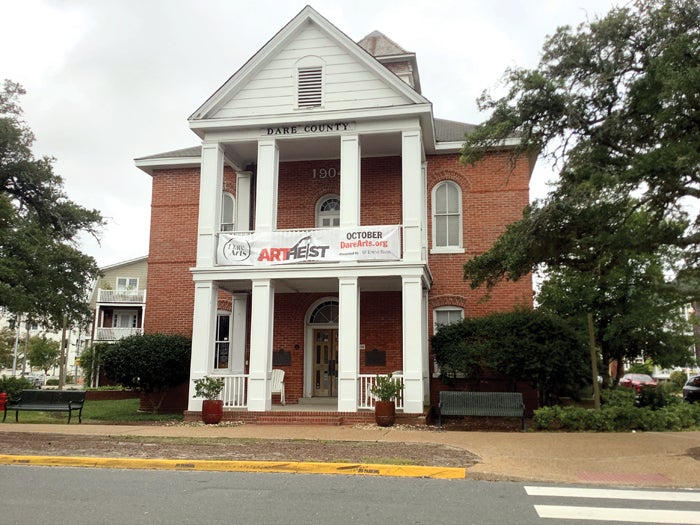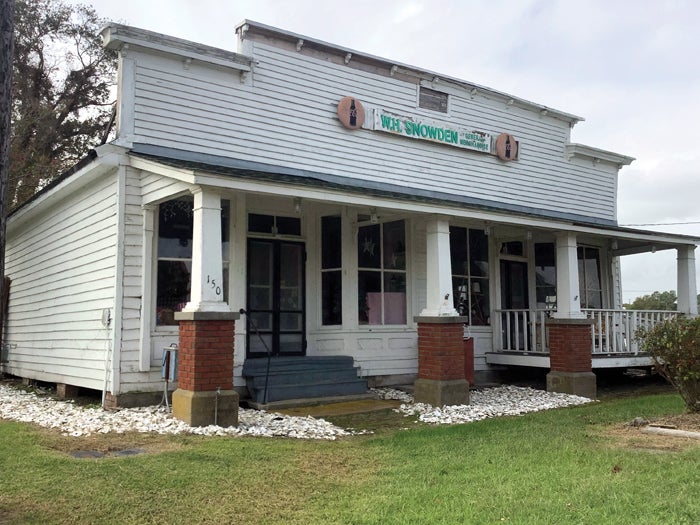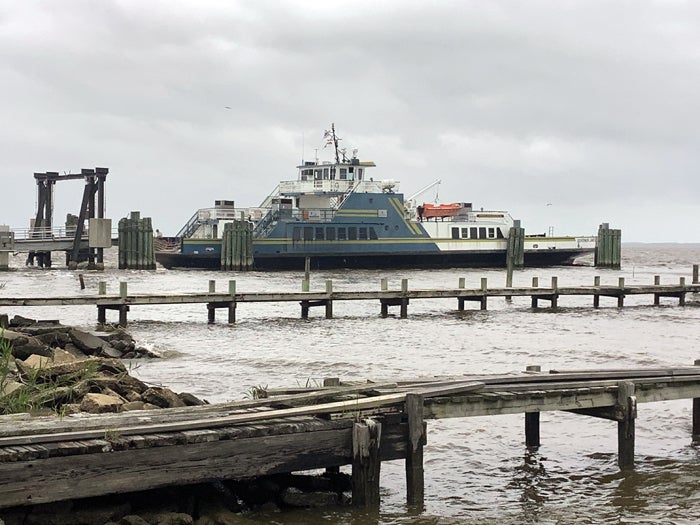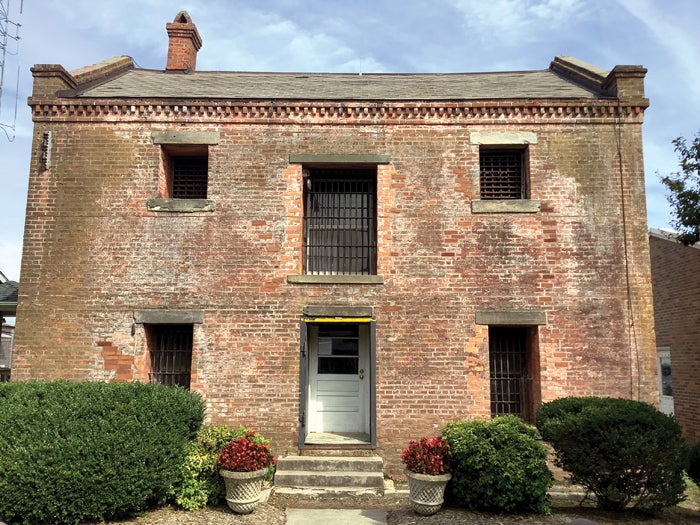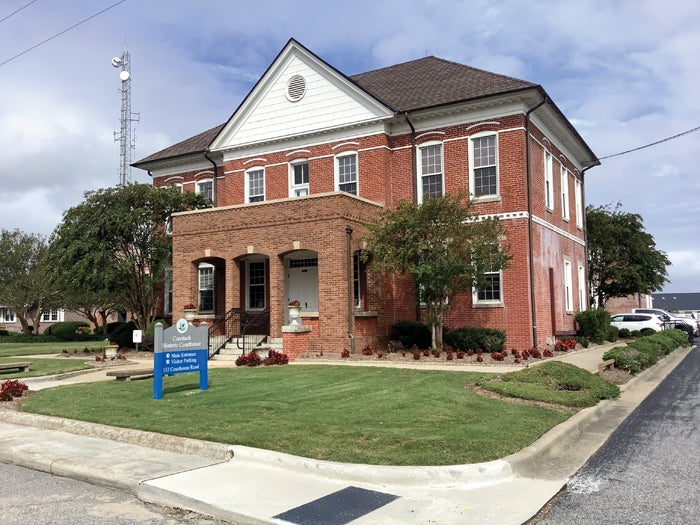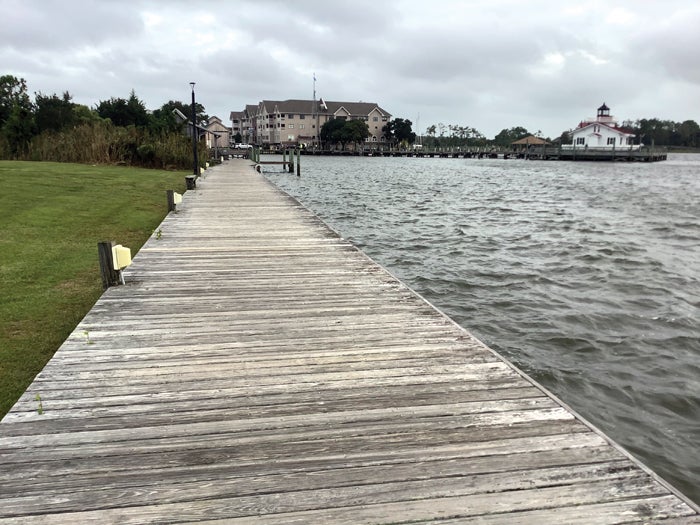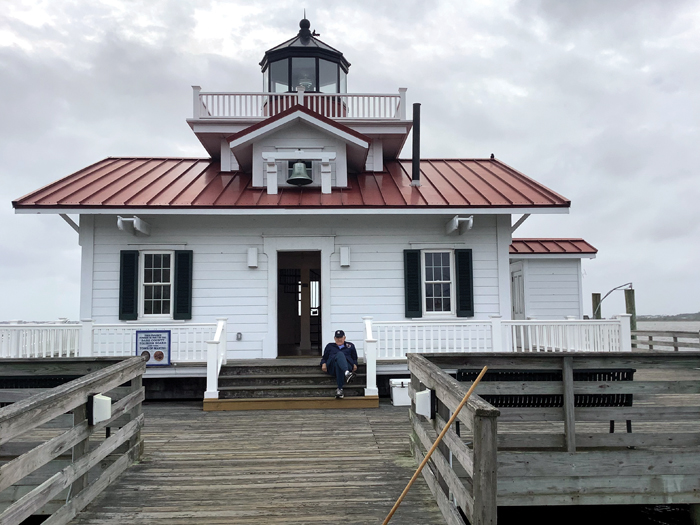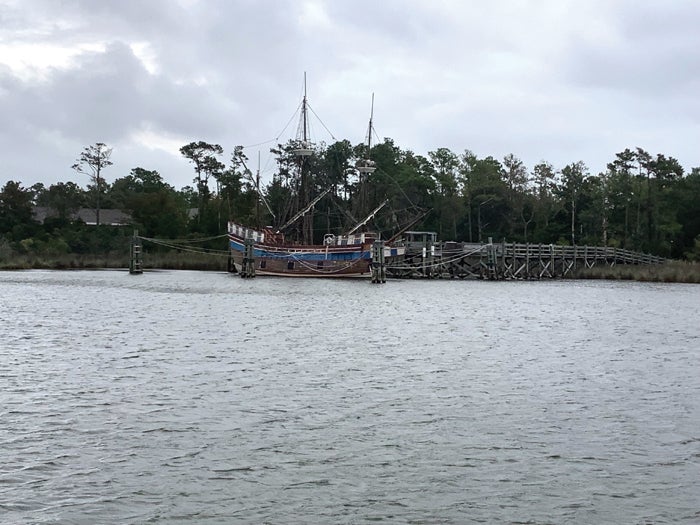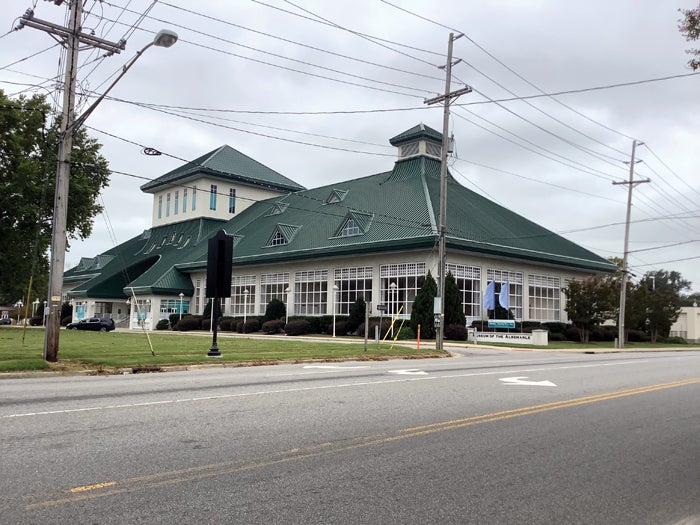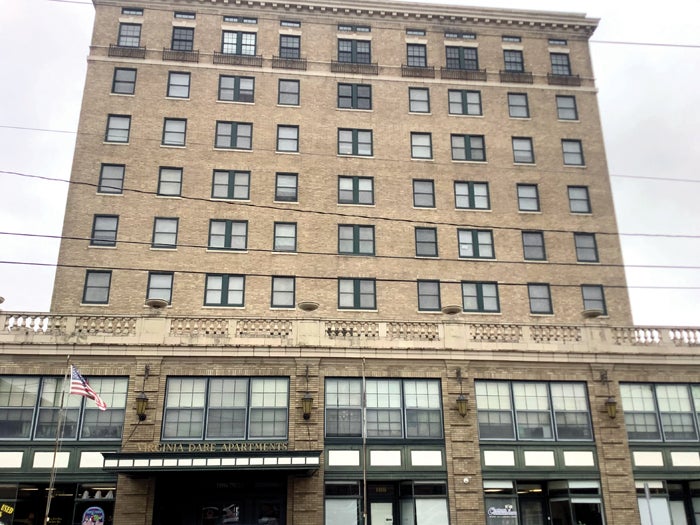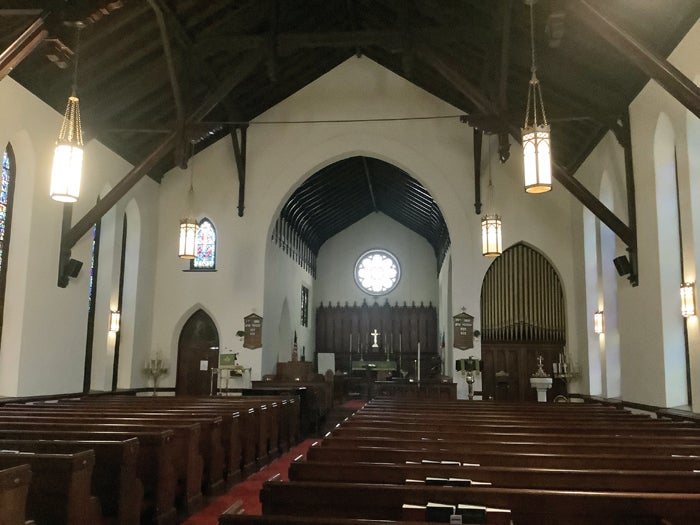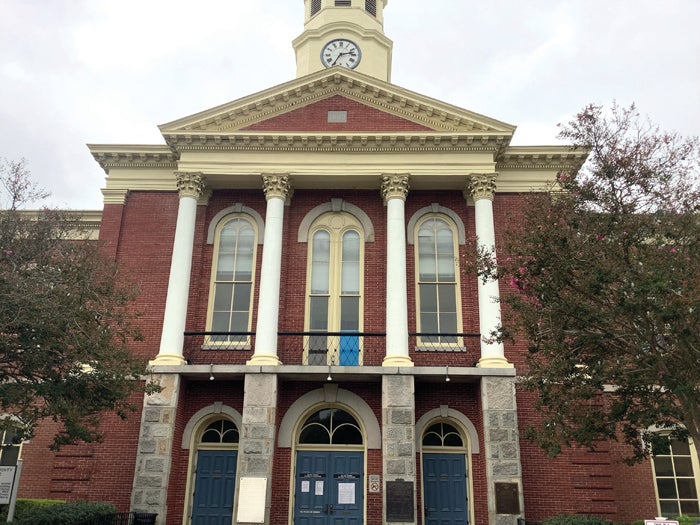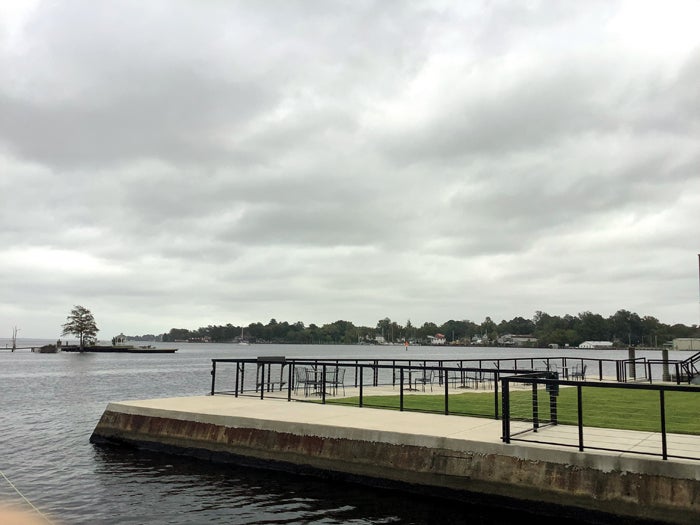Gotta’ Run: More county seats, everything done except Salisbury
Published 12:00 am Saturday, October 14, 2023
Editor’s note: David Freeze is completing a challenge to run in a few miles in every county seat in all 100 N.C. counties. Contact him at david.freeze@ctc.net.
I started Wednesday morning, Sept. 27 in Manteo, another town that I had visited recently on a cycling tour of the Inner and Outer banks and my run across the state. Manteo has lots to see, but I was focused on the old town waterfront area.
The town is named for a Croatan Indian. Manteo traveled with the English to London in 1584 where he and another Indian, Wanchese, learned to become liaisons between the Roanoke Colony settlers and the Indians. Manteo was named the seat of government for Dare County in 1870 and was incorporated in 1899. By then it was a busy center for trade. The Dare County Courthouse was built in 1904.
Early morning was peaceful but with a strong wind blowing along the boardwalk around the Manteo Marina. Notable from the marina was the sight of the Elizabeth II, a replica wooden ship similar to those from the 16th century. I toured the ship previously and learned that it is used officially several times a year and has tours almost daily.
The Roanoke Marshes Lighthouse, replaced the original light in 1955. It has an automated light on a short tower and a screw pile design, meaning that the lighthouse is screwed into the ground of the bay. The earlier lighthouse began service in 1857.
The Manteo Weather Tower was also erected in 1904. Its signal flags and lights telling mariners and residents of wind shifts and approaching storms. The Manteo tower is one of five still in use and the only one with all of its signal lights still attached.
My next stop wasn’t an easy find. I asked Siri for directions to Currituck, and it didn’t work. The 50-plus mile ride north on N.C. 158 included a stop for the famous Duck Donuts. Best was blueberry with lemonade stripes. I eventually got directions from two county workers, and only one of them knew where I wanted to go and even he wasn’t sure. I found several very old buildings near the state ferry.
Established in 1668, Currituck was one of the original N.C. counties and one of five ports. Named for an Algonquin Indian term, “Land of the Wild Goose,” the area is full of waters, woods and marshes. The current Currituck County Courthouse was built in 1842 and remodeled in 1898. The jail is believed to have been constructed in 1820, but construction could have been as early as 1767, The courthouse and jail are two of the oldest county buildings in N.C.
Currituck has a rich Revolutionary War and Civil War history. The courthouse area was a recruiting center for the Confederate army but was later captured by Union troops. Many records were carried off by the Union troops, but some were returned in 1976. I found three very old houses, at least one of which was occupied, and a very old store no longer in use. All of this was next to or across from the courthouse, which is still very much in use.
A free state ferry between Currituck and Knott’s Island made for a nice round-trip on a chilly and windy day. Currituck, never incorporated, is the smallest town that I visited across the state, but still very interesting.
My final stop for the day was Elizabeth City, the Pasquotank County seat that I missed when visiting Camden. I drove right through it without realizing that I needed to stop. Elizabeth City was founded in 1794 and named for a tavern owner who donated most of the town’s land. I found it to be one of the most interesting cities in the state.
After the battle of Roanoke Island, Union forces controlled Elizabeth City for the remainder of the war. On the Pasquotank River, the city has one of the largest Coast Guard bases in the nation. World War II reinvigorated Elizabeth City’s industries, particularly in shipbuilding, textiles and aeronautics. Coast Guard Air Station Elizabeth City was established in 1940 and Navy Air Station Weeksville in 1941 to provide valuable surveillance by seaplane and dirigible of German U-boats operating in U.S. waters, Additionally from 1942 to 1944, the Elizabeth City Shipyard supported the war effort with much of its production, including 30 111-foot subchasers, four tugboats and six 104-foot quick supply boats.
Elizabeth City has one of the few remaining airship, or blimp, makers. It also has the Museum of the Albemarle, a huge building that is part of the N.C. Museum of History, depicting the second oldest Colonial inhabited area.
The Pasquotank County Courthouse was built in 1882, after Union forces burned the prior one. Records were hidden in a barn by local residents. Tired of violence and destruction, town residents petitioned both Union and Confederate generals to allow them to “secede from the secession.” The plan failed.
The Christ Church Episcopal, built in 1856, is still in use, its doors were open for prayer, and I took advantage of it. The nine-story Virginia Dare Hotel, for 40 years the center of local society, was built in 1927 and has transitioned to affordable senior housing.
The waterside parks and drawbridge were favorites, along with the significant historical district featuring many well-kept older homes.
With 99 county seats visited, I’ve had a wonderful journey touring them all on my feet. One remains, our own city of Salisbury. I will return soon with that visit and a recap of all we’ve done so far.


